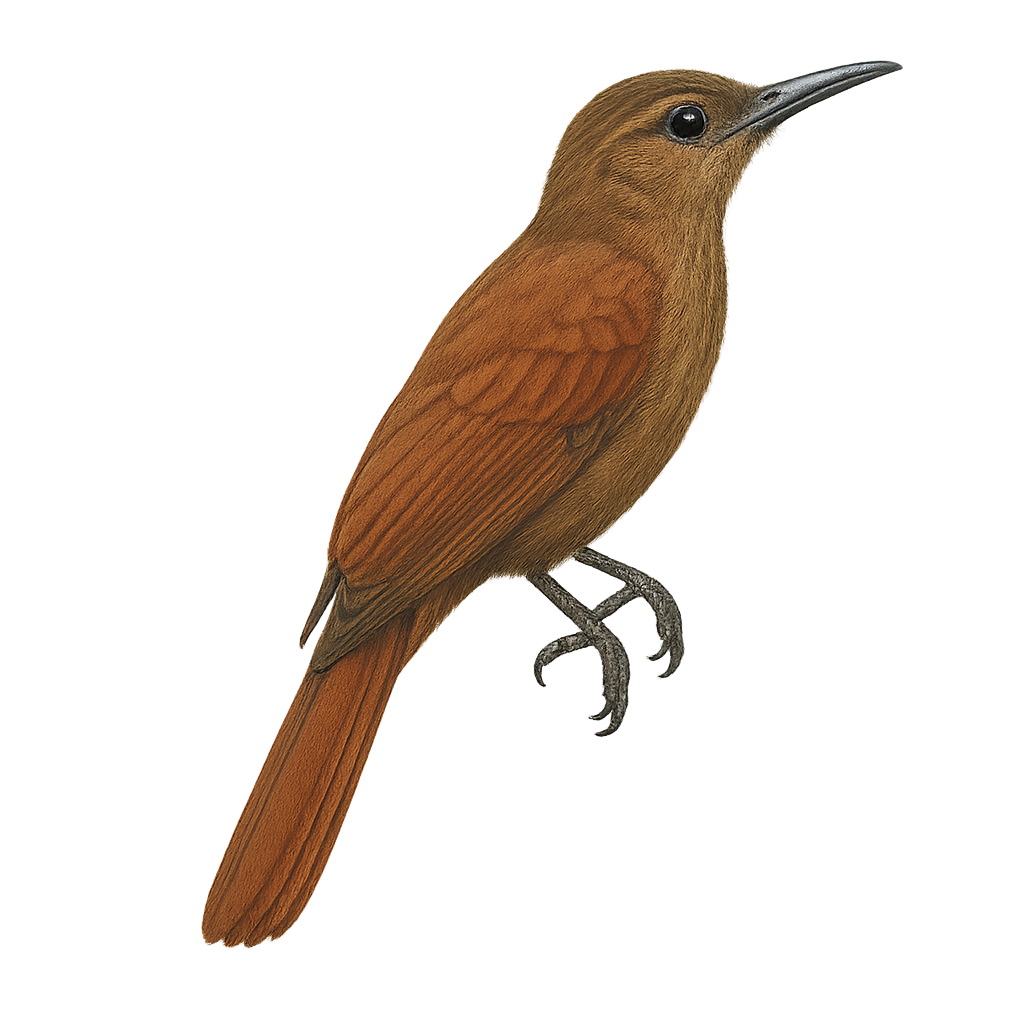Your wildlife photography guide.
Explore the plain-brown woodcreeper in detail, study its behavior, prepare your shots.
Where to observe and photograph the plain-brown woodcreeper in the wild
Learn where and when to spot the plain-brown woodcreeper in the wild, how to identify the species based on distinctive features, and what natural environments it inhabits. The WildlifePhotographer app offers tailored photography tips that reflect the plain-brown woodcreeper’s behavior, helping you capture better wildlife images. Explore the full species profile for key information including description, habitat, active periods, and approach techniques.
Plain-brown Woodcreeper
Scientific name: Dendrocincla fuliginosa

IUCN Status: Least Concern
Family: FURNARIIDAE
Group: Birds
Sensitivity to human approach: Suspicious
Minimum approach distance: 10 m
Courtship display: March to April
Incubation: 17-19 jours
Hatchings: March to May
Habitat:
Humid tropical forests, secondary forests, forest edges
Activity period :
Primarily active during the day, with peak activity in the morning and late afternoon.
Identification and description:
The Plain-brown Woodcreeper, scientifically known as Dendrocincla fuliginosa, is a medium-sized bird belonging to the Furnariidae family. It is primarily found in the humid tropical forests of Central and South America, where it is recognized by its uniform brown plumage and slender silhouette. This bird is often seen climbing tree trunks, using its slightly curved beak to search for insects and other small invertebrates hidden under the bark. Although discreet, its melodious song can be heard through the dense canopy. The Plain-brown Woodcreeper plays an essential role in the forest ecosystem by helping control populations of harmful insects.
Recommended lens:
400 mm – adjust based on distance, desired framing (portrait or habitat), and approach conditions.
Photography tips:
To photograph the Plain-brown Woodcreeper, it is advisable to use a telephoto lens of at least 400 mm to capture detailed images without disturbing the bird. Look for it in humid tropical forests, where it often climbs along tree trunks. Be patient and wait for it to move into a well-lit area for better exposure. Avoid sudden movements and remain silent to avoid scaring it away.
The WildlifePhotographer App is coming soon!
Be the first to explore the best nature spots, track rutting seasons, log your observations, and observe more wildlife.
Already 1 431 wildlife lovers subscribed worldwide

